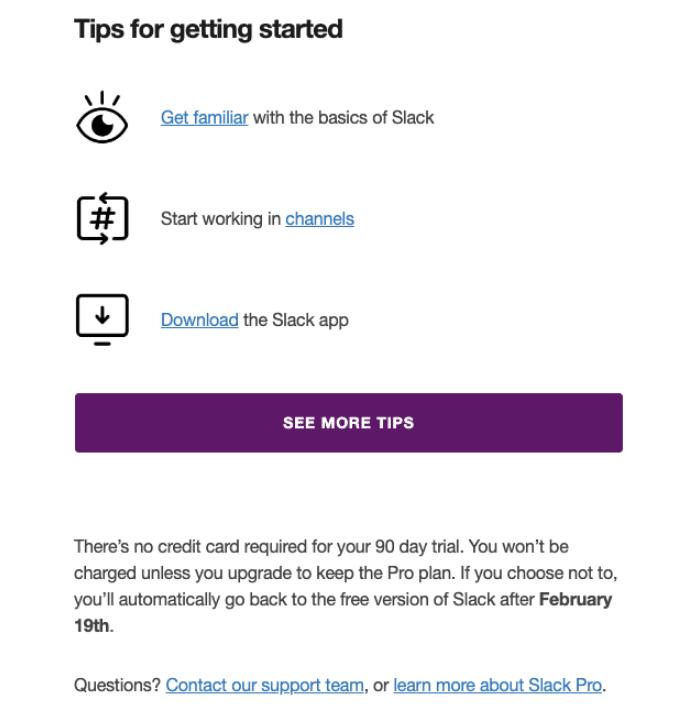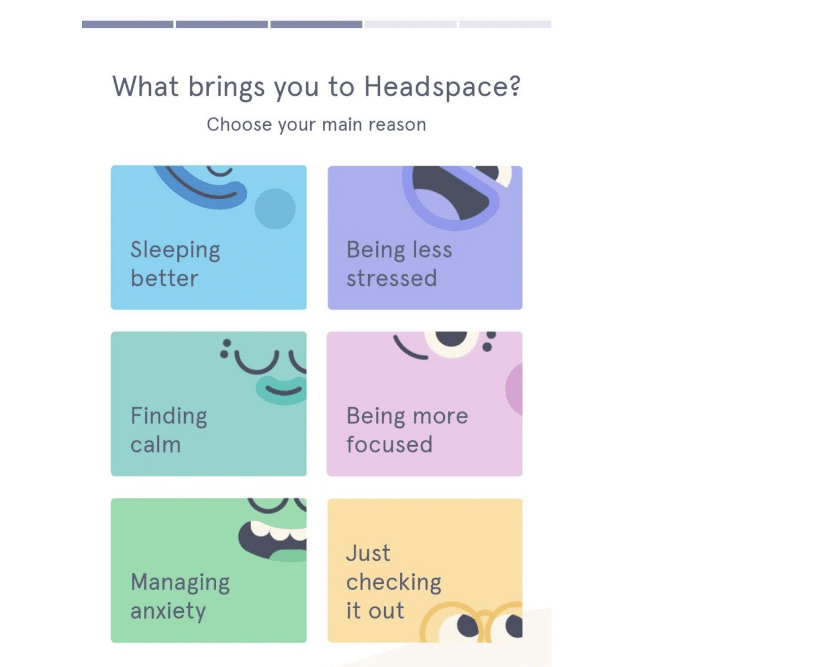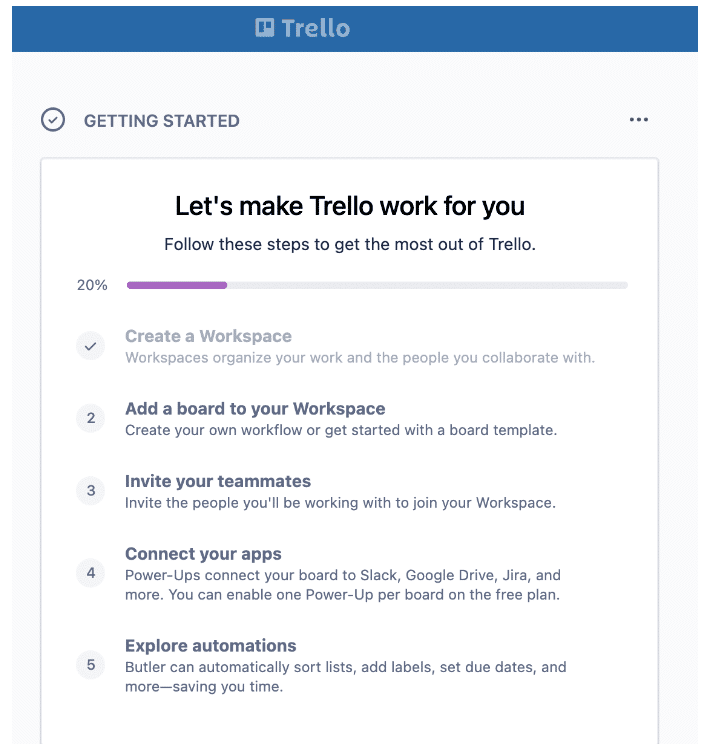When it comes to SaaS marketing, we all know that attracting new users is just the beginning of the battle. The real challenge is retaining them. With the ever-increasing expectations of digital consumers, it can be difficult to keep them engaged and satisfied with your product or service. Losing users means losing money, not to mention valuable time spent on attracting and onboarding them.
However, the good news is that with some effective user onboarding practices, you can significantly improve user retention and scale your SaaS business. That’s why we’ve put together this blog post for you, to explore the top 3 best practices to improve your user onboarding process for SaaS.
We understand that your product is great, but sometimes users might not be able to see its value. By implementing these onboarding practices, you can make sure that your users understand the benefits of your product right from the start.
So, whether you’re a seasoned SaaS marketer or a business owner just starting out, these tips are for you.
What is SaaS user onboarding?
SaaS user onboarding is the process of introducing new users to your product and helping them become familiar with its features and capabilities. The goal of user onboarding is to create a smooth and positive user experience that enables new users to quickly and easily understand how to use your product and begin realizing its value.
The SaaS user onboarding process typically involves a series of steps, such as providing clear instructions and guidance, showcasing key features and benefits, and offering personalized support and training.
3 tips for effective SaaS user onboarding:
-
Give users a warm welcome
Welcoming use sets the tone for the user’s experience and helps them feel comfortable and supported as they begin their journey with your product.
There are a few different ways you can use the concept of welcoming customers.
You could send them an automated email or message as soon as they sign up for your service. This message should be friendly and informative, letting them know what to expect as they get started with your product. Consider including links to helpful resources or a video tutorial to help them get started.
Another way to welcome customers is to use in-app messaging or chatbots. This can be a more interactive way to engage with your users and provide them with helpful information. For example, you could set up a chatbot that asks them what they hope to achieve with your product and provides personalized recommendations based on their response.
When welcoming customers, there are a few things to avoid doing.
Don’t overwhelm them with too much information at once. Keep your message brief and to the point, and only include the most essential information. Additionally, be careful not to come across as too salesy or pushy. Your message should be helpful and supportive, rather than trying to pressure them into upgrading to a paid plan.
One great example of a company that does a great job of welcoming customers is Slack. When you sign up for their service, you receive an email that includes links to ‘get started’ guide, app download and links to their help center and community forums. This helps users feel supported and confident as they begin using the product.
-
Customize the onboarding according to customer segment
By tailoring your onboarding process to the specific needs and goals of each user segment, you can increase engagement, reduce churn, and improve customer satisfaction.
To begin customizing your onboarding process, you first need to identify your user segments. This could be based on demographics, behavior, or other factors that are relevant to your product. For example, if you have a project management tool, you might have different user segments based on the size of the team, the industry, or the level of experience with project management.
Once you have identified your user segments, you can begin to create tailored onboarding experiences for each group. This could include customizing the messages or tutorials that users see when they first sign up for your product, or providing different options or features based on their needs.
For example, if you have a SaaS product for sales teams, you can create a different onboarding experience for new sales reps versus experienced salespeople. The onboarding process for new reps can focus on the basics of using the product and understanding the sales process, while the onboarding for experienced salespeople can include more advanced features and strategies.
Be careful not to create too many user segments, as this can make the process overly complex and difficult to manage. Additionally, it’s important to regularly review and update your user segments as your product evolves and your customer base changes.
A great example of a company that does a good job of customizing their onboarding process by user segment is Headspace.
Headspace, a meditation app, customizes the user experience by prompting questions about the user’s state of mind during the sign-up process. After the user has completed the sign-up process, Headspace uses their answers to tailor the selection of meditations that are recommended to the user.
-
Create a checklist for the user
Creating a checklist for the user is a great way to help users keep track of their progress during the onboarding process and ensure that they complete all the necessary steps.
To create a checklist for the user, start by identifying the key steps in the onboarding process. These might include creating an account, setting up their profile, exploring the product features, and completing any tutorials or training modules.
Once you have identified the key steps, create a simple and visually appealing checklist that the user can refer to throughout the onboarding process. This could be in the form of a document, a series of screens in the product, or a separate section in your help center.
Make sure that each step is clear and easy to understand, and consider including visual aids or screenshots to make the process even more user-friendly. You may also want to include a progress bar or some other visual indicator to show the user how far they have progressed in the onboarding process.
Avoid including unnecessary or redundant steps, and make sure that the checklist is tailored to the specific needs of the user.
A great example of a company that uses a user checklist in their onboarding process is Trello. When a user signs up for Trello, they are taken through a step-by-step checklist that helps them create their first board, add team members, and customize their workflow.
Final thoughts
We hope that these tips will help you to create a seamless and enjoyable user experience from the very beginning, and ultimately improve your user retention rates.
But before we go, we want to leave you with one final pro tip: User onboarding is an ongoing process. As your product evolves and your user base grows, you’ll need to continuously reevaluate and update your onboarding process to ensure that it remains effective.
So, keep testing and experimenting with your onboarding strategies, and remember to listen to your users’ feedback. By doing so, you’ll be able to keep your users engaged and satisfied, and achieve the growth goals you’ve set for your business.











